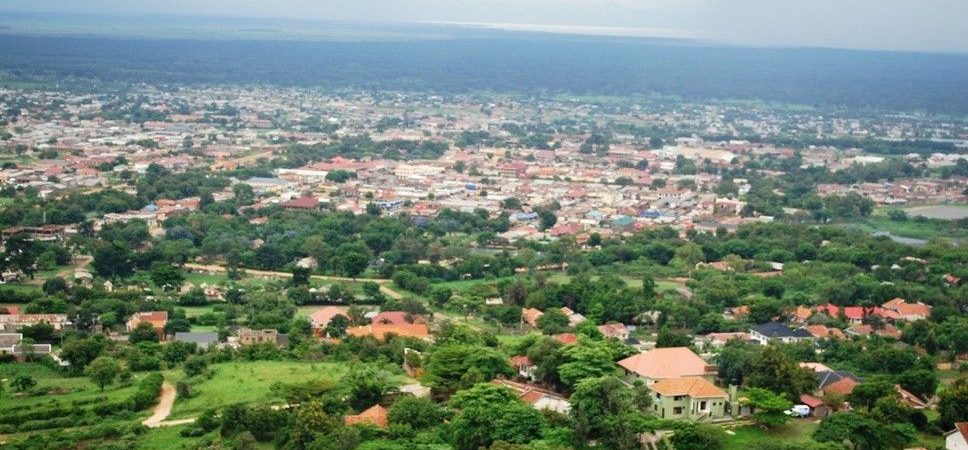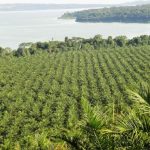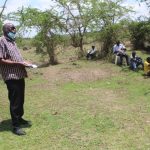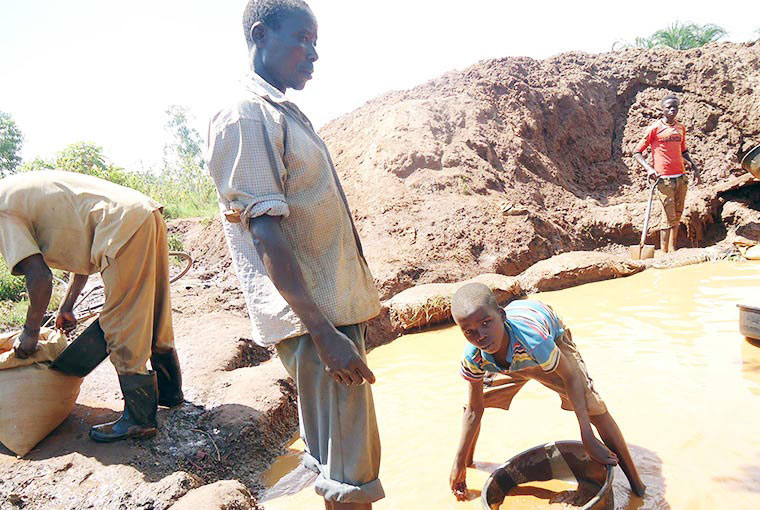In an effort to address the enduring challenges brought about by climate change, Kasese District authorities, in partnership with various organizations, have initiated a significant campaign to plant ten million trees along the slopes of Mountain Rwenzori. The region has recently suffered from recurring floods, causing damage to properties, displacing residents, and resulting in loss of lives. Environmental experts attribute these disasters to extensive deforestation, especially in the hilly areas of the Rwenzori Mountains.
Ms. Virginia Ssemakula, the Manager of Energy, Environment, and Climate Change at Equity Bank-Uganda, emphasized the necessity of planting more trees to combat climate change. Equity Bank, in collaboration with Million Trees International, is actively participating in the Kasese Forestry Conservation Program. This program aims to plant and nurture a minimum of 7,000 trees on Rwangende Hill in the Mwaro Cell of Rukoki Ward, Nyamwamba Division, within Kasese Municipality.
Ms. Ssemakula stressed the urgency of the local community embracing tree planting as a crucial measure to mitigate the adverse effects of climate change in the region. She pointed out that many schools use firewood for cooking, incurring high fuel expenses and contributing to deforestation.
Mr. Jibril Semakura Owomugisha, the Chief Executive Officer at Million Trees International, highlighted the strategic importance of natural forest cover in enhancing local tourism initiatives and improving the scenic beauty of Kasese Municipality.
Mr. Benson Kule Baritazaale, the Chairperson of Kasese Tourism Investors Forum (KTIF), emphasized the timeliness of tree planting and growth initiatives, especially as the district embarks on a 10-million tree planting campaign. He encouraged every resident of the district to plant at least five trees every rainy season.
The Kasese Forestry Conservation Program focuses on cultivating indigenous trees, including Spathodea, Mahogany, Maesopsis, Afrizelia, Warbugia Ugandensis, Prunus Africanus, Musambya, and Terminalia, on 50 acres of land on Rwangende Hill in Nyamwamba Division.




















